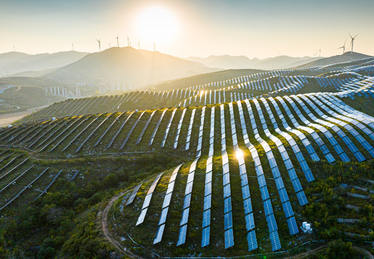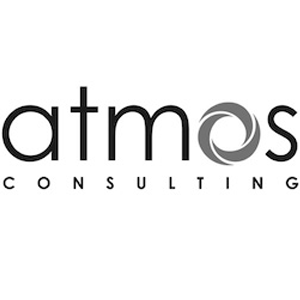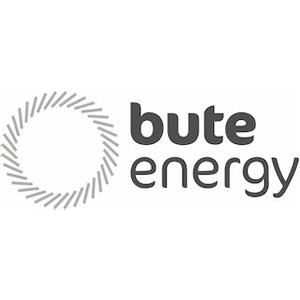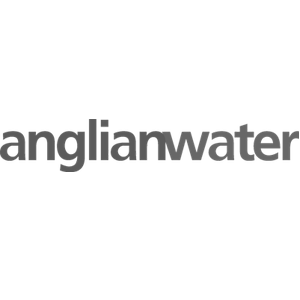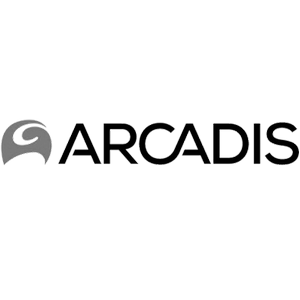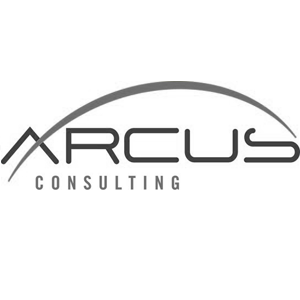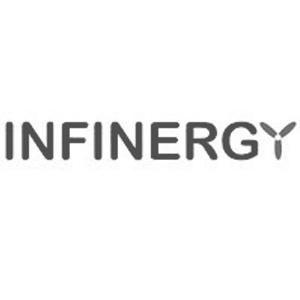Glint and Glare Assessments
Maximise planning success and reduce risk with reports that specifically target the aviation, roads, dwellings and railway receptors surrounding your solar PV or building development.
Why Glint and Glare Assessment Matters
Addressing potential glint and glare issues early on in your project can help to prevent delays in obtaining planning permission and ease local opposition to the development.
Solar glint and glare (sunlight reflected from shiny surfaces) can affect safety and residential amenity in surrounding areas. Glint and glare assessments are routinely required for solar photovoltaic developments and large building developments all around the world.
Core Glint and Glare Assessments
Establish whether reflections from your project could cause safety or amenity issues.
Design Optimisation, Management, and Compliance
Show consultees that glint and glare risks will be minimised and controlled as necessary.
Large Scale Solar Projects
We routinely provide glint and glare scoping inputs for your large scale developments.
We understand that every project is unique. The right level of analysis depends on site context, receptor types, and planning requirements.
Explore the services above, or contact our team for tailored advice.



We have always found it very easy to work with Pager Power
Pager Power undertake Radar and Aviation assessments for our wind turbine developments – particularly civil and MoD radar issues. We have always found it very easy to work with Pager Power, they always deliver what they say they will deliver on time. The assessments and advice are always spot on and have allowed us to progress projects with confidence, knowing that we will be able to deal with potential technical challenges should they arise. We have learned to trust and respect their advice and they are our go-to consultants for this type of work.
Guy HopwoodPrincipal Environmental Consultant, ADAS
Pager Power has helped us obtain planning permission across the UK
We first appointed Pager Power in 2004 to assess a number of wind farms in North East England resulting in objections being withdrawn by Newcastle Airport. The company has successfully helped us resolve NATS, Royal Airforce, telecommunications and minor airfield issues. Pager Power provides advice and technical analysis, are easy to talk to and deliver reports on time. Pager Power has helped us obtain planning permission across the UK including a range of onshore wind farms in North East England and Central Scotland.
Tony ScorerHead of Onshore Wind Development, EDF Energy
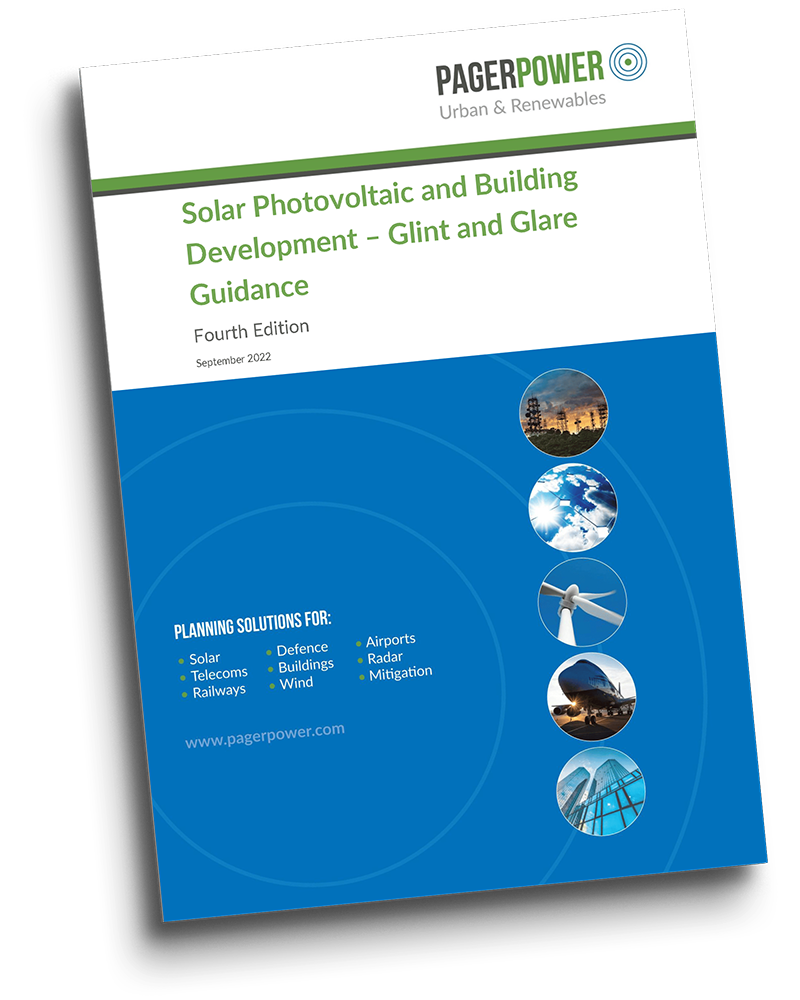
Free Guidance:
Understand the basics of Glint And Glare and the methodology behind the assessment
Download the industry standard assessment methodology, defined from over 10 years’ experience and more than 1,800 assessments. The guide covers the process for assessing roads, dwellings, rail and aviation activity.
Sign up for our industry newsletter and receive the 4ᵗʰ edition of our Glint and Glare guidance today. Just fill out the form below and we’ll send it to you directly.

